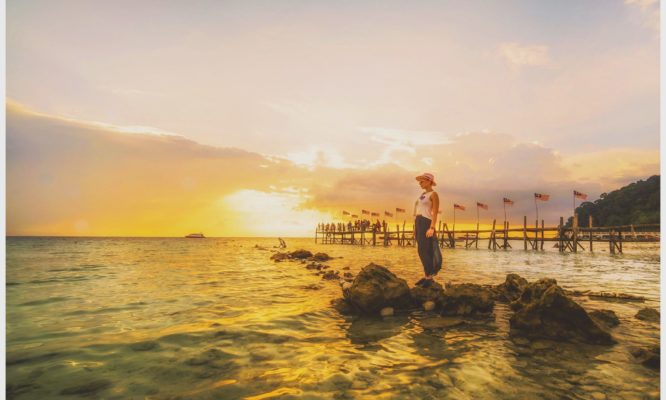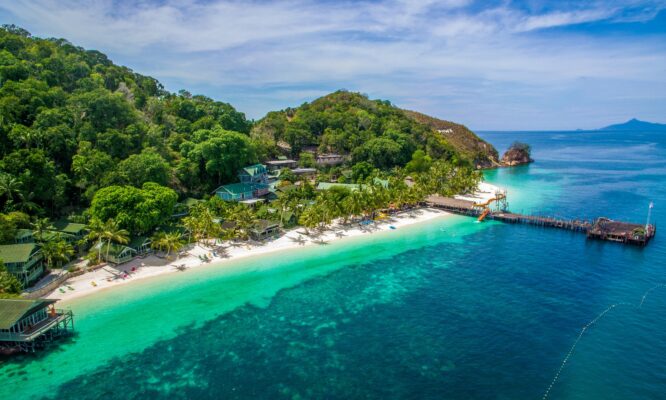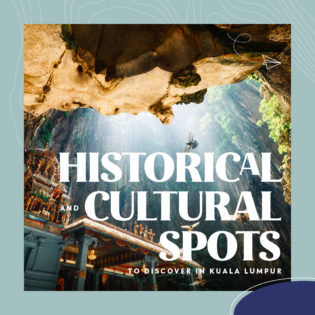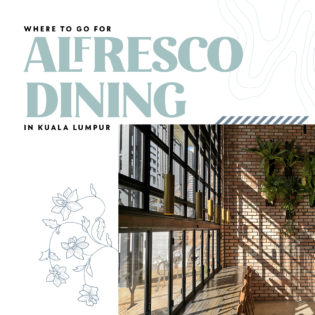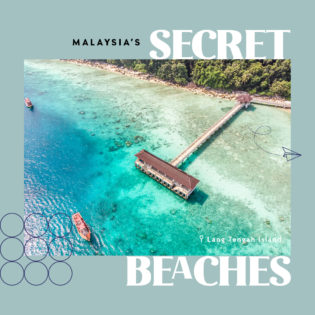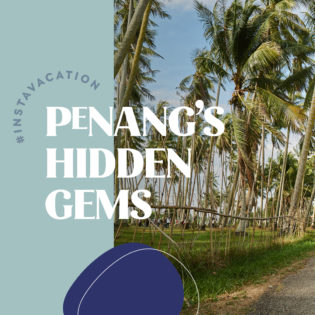Venture to the English countryside to find verdant rolling hills, wooded valleys and quaint storybook villages
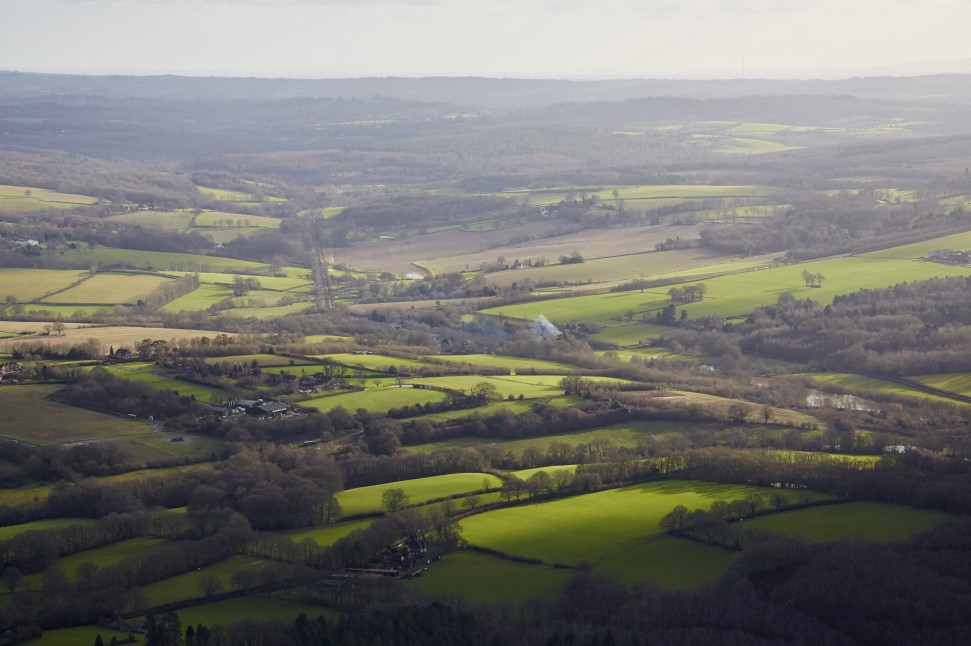
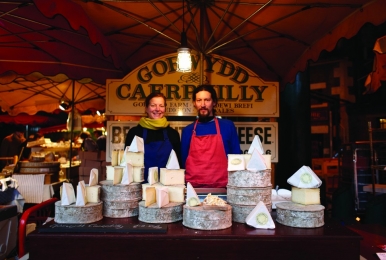
Most visitors to the United Kingdom never leave London but there is another country beyond the capital city and it’s called England. So hire a car and drive 100 kilometres south through the counties of Kent and East Sussex to the seaside town of Brighton, that has always been a London by the sea.
As with all the best holidays, the destination is less important than the journey, and along your way, you will pass through a slice of British history, its towns, gorgeous villages and countryside while following in the footsteps of ancient pilgrims, trend-setting royalty and their eagerly trend-following subjects. You’ll also be passing through the part of the world where I grew up. So get in your rental car, leave London behind and let me show you another country.
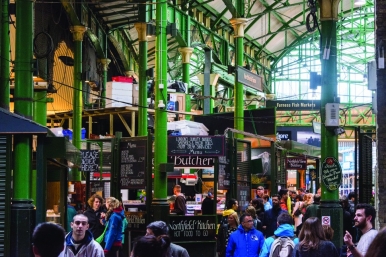
Shakespeare’s recently rebuilt Globe Theatre is on the south bank of the River Thames because it was only here that he could perform his funny, rude and epic plays. Throughout the Middle Ages, London’s strict laws did not extend to south of the river, so the fun began when you crossed London Bridge to Southwark.
Old London Bridge stood from 1209 to 1831 and was crammed with shops and houses, enlivened with the severed heads of traitors left rotting on spikes. Over the centuries, the bridge became so decrepit that a new one had to be built. Crossing the new London Bridge, you will have one of the best views of London and the River Thames as you begin your journey.
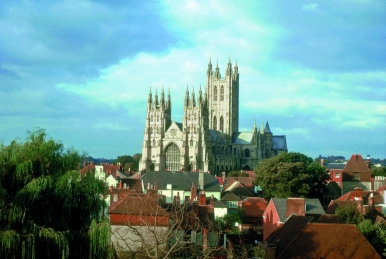
Near today’s London Bridge station and the foodies’ heaven of Borough market, Medieval pilgrims used to gather in a mood of springtime excitement before commencing their pilgrimage to the tomb of Saint Thomas at Canterbury cathedral, 100 kilometres to the southeast of London. In 1389, Geoffrey Chaucer wrote The Canterbury Tales, one of the earliest and most important works of English literature, about one such group of pilgrims, and in the first part of your journey, you will follow in the footsteps of Chaucer’s cast of characters: a noble Knight, a drunken Miller, the earthy Wife of Bath and several others.
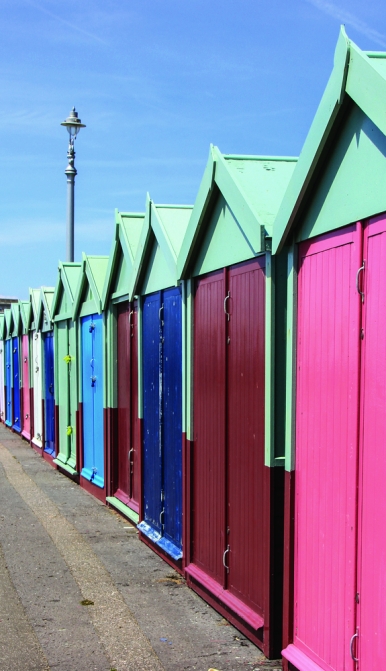
London grew rapidly during the Industrial Revolution of the 19th century when railways and the Underground connected previously separate villages until everything merged into one enormous urban whole. It might be hard to spot the charm of South London as you drive southwards but so many great cultural personalities were born here.
Charlie Chaplin and Michael Caine were both born into the poverty that was Elephant and Castle, named after an 18th-century inn where coaches changed their horses. The area is now undergoing the inevitable London gentrification and property prices are leaping upwards. Keep going south and you won’t even realise that you have actually left London and entered the county of Kent as you drive through Bromley, where David Bowie grew up. The Rolling Stones, the iconic English rock band, came from nearby Dartford.
Leaving London’s urban landscape behind, you will enter the rural luxuriant green fields, woodlands and farms of the English countryside dotted with sheep, cattle and idyllic villages. Britain is crisscrossed with public footpaths so you can always leave the main roads, stop the car and go for a walk in the quiet of the country.
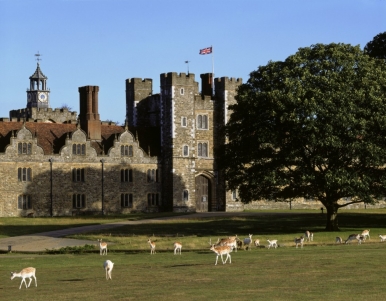
One of the best places for a stopover is just north of Sevenoaks, where Chaucer’s pilgrims proceeded eastward along the Pilgrim’s Way, a footpath along a band of soil that remains dry all year round and was 3,000 years earlier a pilgrimage route from the English Channel to the truly ancient holy site of Stonehenge far to the west. In Sevenoaks, visit the large Elizabethan stately home of Knole House and its deer park where The Beatles made a film for Strawberry Fields Forever.
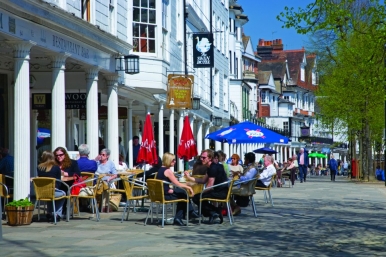
South of Sevenoaks you will come to Tunbridge Wells. It’s a modern town by English standards (early 1600s) and was borne from tourism. Go to the lowest point in the town where there is a spring and a delightful arcade of shops called the Pantiles. Bath is its most famous city but there are spa towns throughout England, where people once flocked to drink the health-giving waters and to promenade with fashionable society. Spas were especially popular with British royalty and after King Charles I and later Queen Victoria visited Tunbridge Wells, their subjects followed. Now in summertime, you can eat outside on the Pantiles, while listening to music being played on the bandstand.
Leaving Tunbridge Wells, you will drive through some of the most verdant countryside that England has to offer. The road will dip down and then rise over soft crests so that lovely vistas are always possible. This is not a rugged terrain but something altogether subtler and familiar in its lyricism. That might be because we are entering a land of authors.
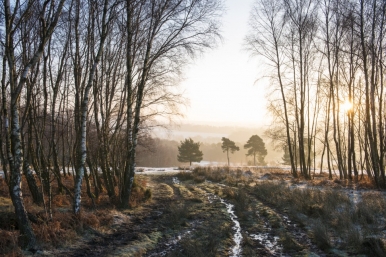
Just before reaching Crowborough, you will pass a bleak landscape that looks more like the moors of Scotland than southern England. This is Ashdown Forest. If you’ve ever read Winnie the Pooh then you’ll recognise it. This is where Pooh Bear and Christopher Robin lived. Even the Disney movies stayed very true to their original landscape. Many writers lived in this area, including H.G. Wells, the creator of science fiction, Sir Arthur Conan Doyle, the creator of Sherlock Holmes, and of course, A.A. Milne.
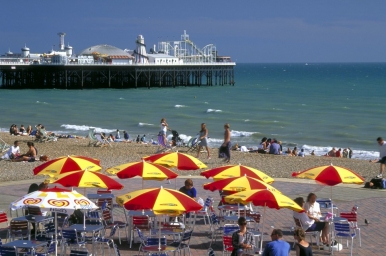
In the 18th century, British royalty invented the seaside holiday, and it was in Brighton that the long Brighton Palace Pier and grand buildings along its seafront show made Brighton beach the original beach holiday resort. In the 1780s, the then Prince of Wales started going to Brighton to dip in the sea. When he became King George IV, he built for himself the magnificent Brighton Pavilion, which inspired the design of Kuala Lumpur’s Railway Station built in 1900. With the British Empire beginning to grow into Asia, those faraway sights became the inspiration for Brighton Pavilion, which looks like and is filled with an exotic blend of India and China.
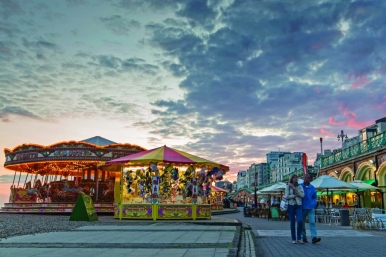
Brighton Pavilion is a unique experience and one of Britain’s must-visit destinations. A century after King George’s reign, Brighton fell into a steep decline, becoming notorious for gangsters and poverty, made famous by Graham Greene in his novel Brighton Rock. In recent years, new residents such as DJ Fatboy Slim have revived the coastal city, making it an alternative to London, with a laid-back twist and a tight network of pedestrian streets called The Lanes teeming with shops, cafés and restaurants.

If you take the opportunity to venture beyond London, you will find a fascinating, often beautiful, and always historical landscape that is both ancient and modern, urban and rural, familiar yet constantly surprising. Take the trip, I’m sure you’ll enjoy it.
